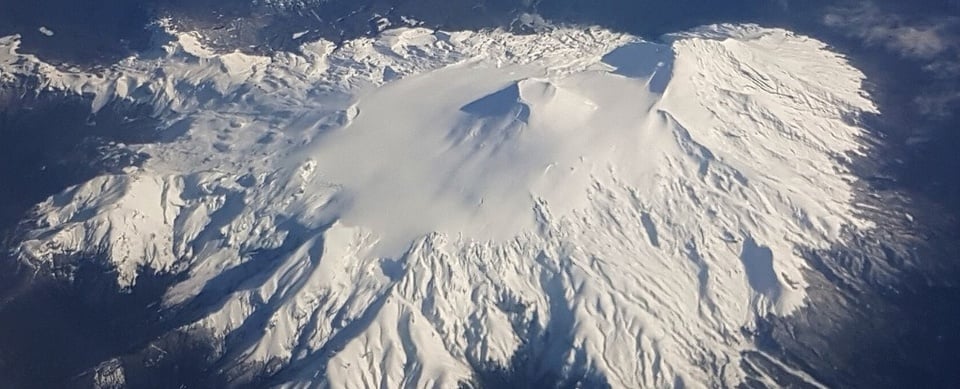 |
Mocho-Choshuenco volcano in the Andes, Chile. Photo: Wikimedia . |
According to recent models predicting changes in magma beneath Patagonian glaciers, melting ice has the potential to awaken volcanoes that have long lain dormant under the glaciers.
While the world is not yet at immediate risk of volcanic attack, the findings suggest that the rapid melting of glaciers could increase the risk of powerful eruptions in the future.
Specifically, the study is based on the history of the Patagonian Ice Sheet (Argentina), which once covered the southern tip of South America. More than 18,000 years ago, when the ice sheet was at its thickest, magma accumulated and crystallized about 10-15 km below the surface.
However, as the climate warmed and the glaciers melted, the pressure was relieved. Scientists believe that the Earth's crust bounced back without the weight of the ice pressing down on it, allowing gases in the underground magma to expand. This is considered a key factor in volcanic eruptions.
To learn more about the eruption history, the researchers analyzed samples from six volcanoes in Chile. One of them, Mocho-Choshuenco, is dormant, but recent data suggest that its past eruption activity was influenced by the advance and retreat of the Patagonian Ice Sheet.
It is estimated that it will be another 3,000-5,000 years before the "load release" from the region's ice sheets leads to explosive eruptions.
However, Patagonia’s glaciers are thinning at an average rate of 1.8 metres per year due to climate change and human impact. Only three of them have expanded in recent years, but the rest – 90% – are shrinking.
"Glaciers tend to suppress the mass erupting from the volcanoes below them. But as glaciers retreat due to climate change, our findings suggest that these volcanoes will erupt more frequently and explosively," said volcanologist Pablo Moreno-Yaeger from the University of Wisconsin-Madison.
Source: https://znews.vn/hiem-hoa-moi-tu-bang-tan-post1568247.html



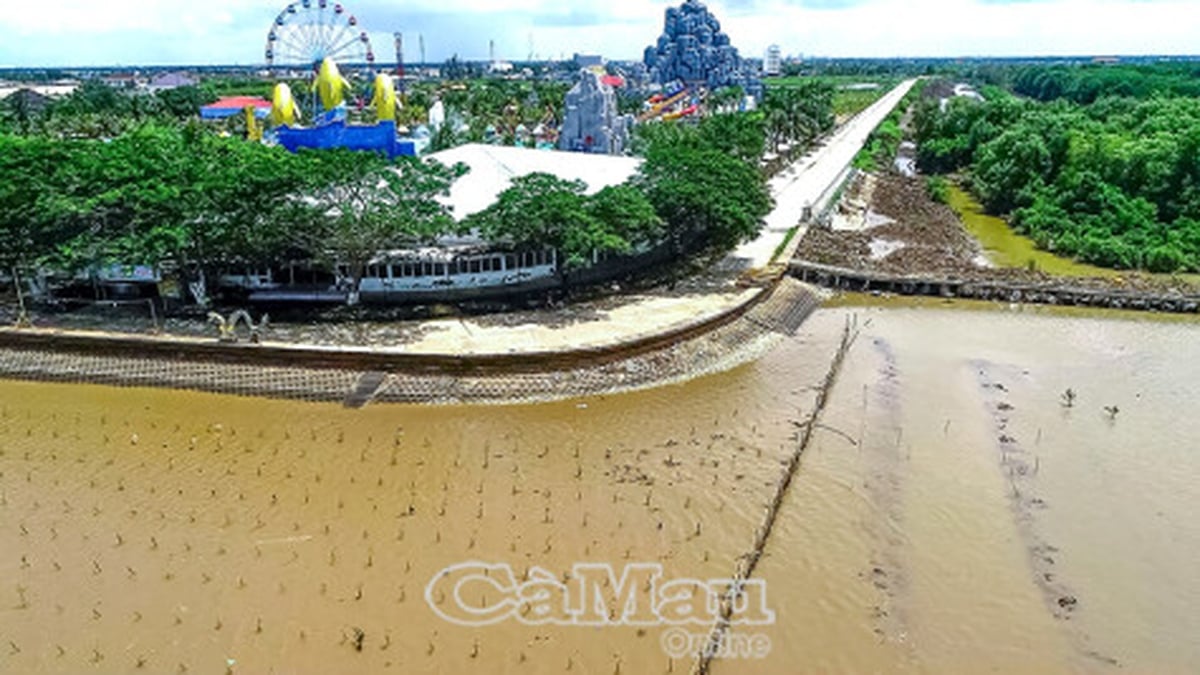

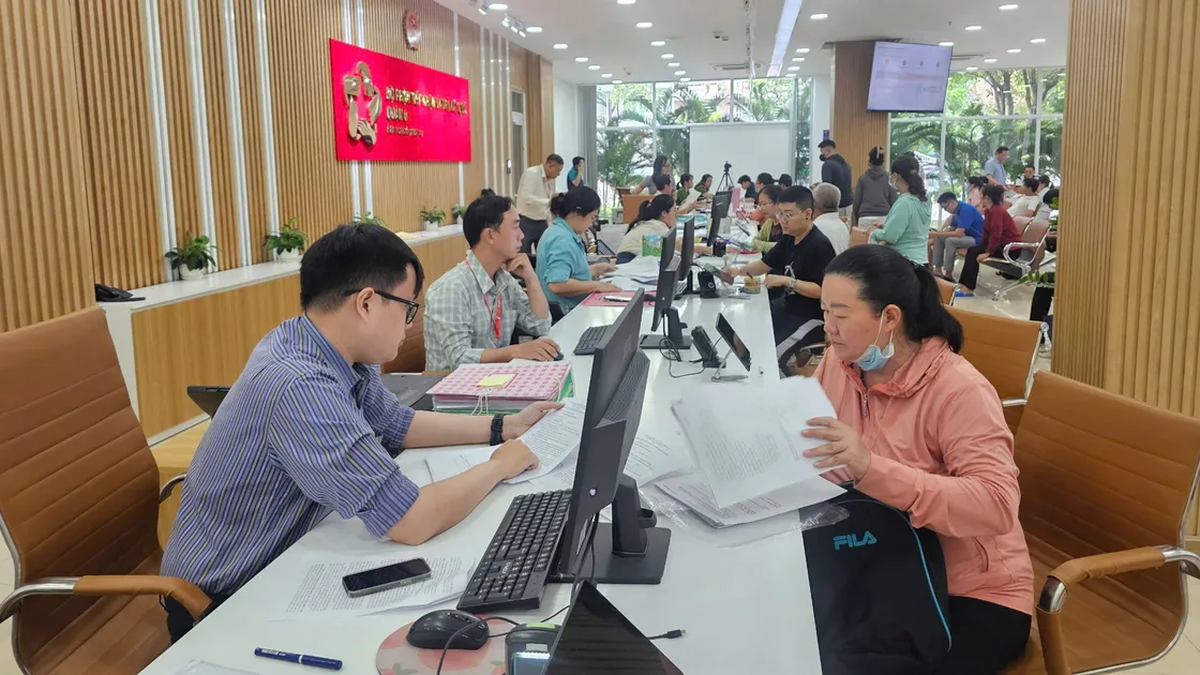
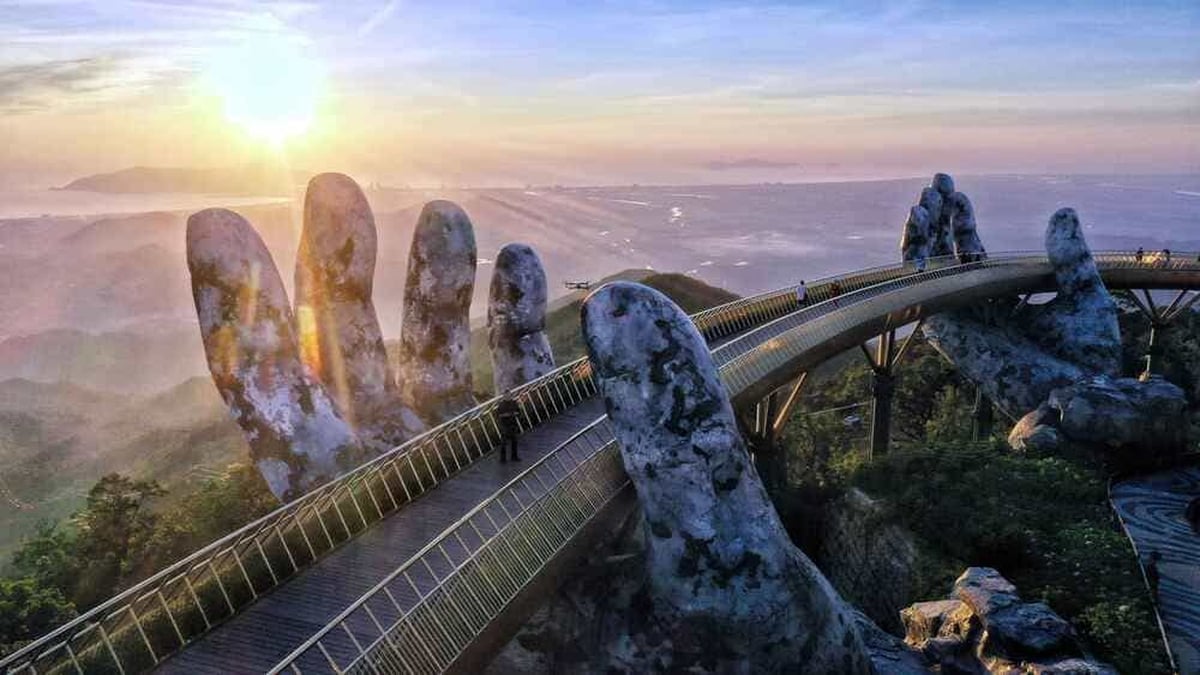

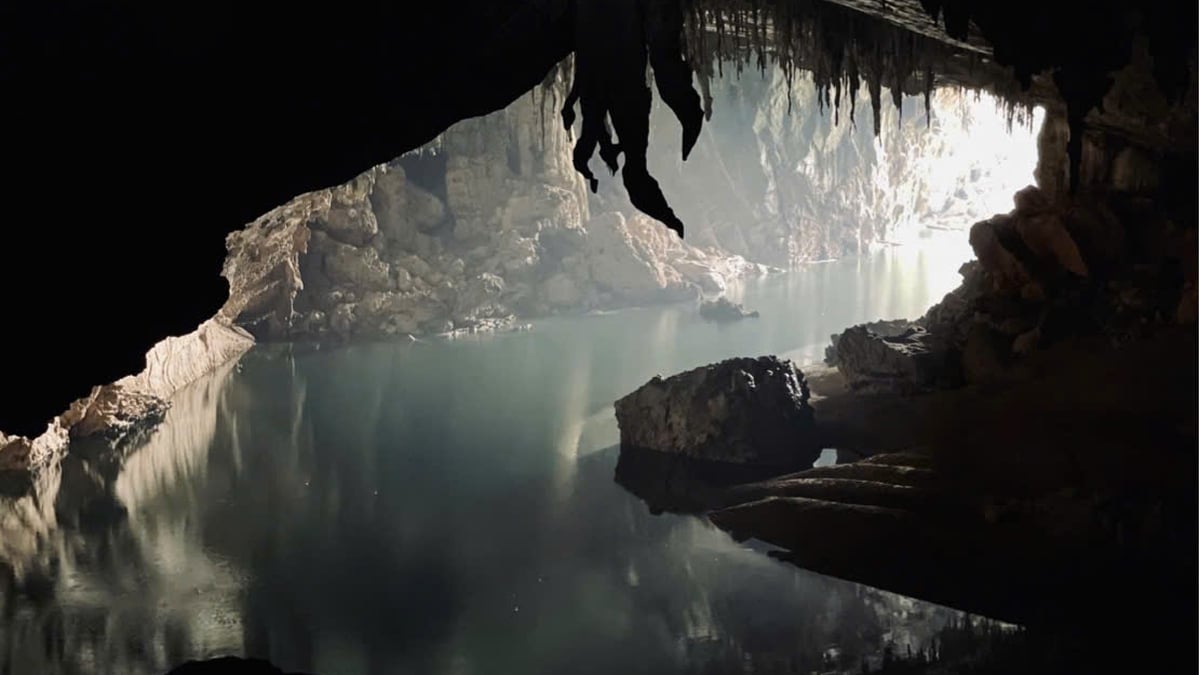






























































































Comment (0)